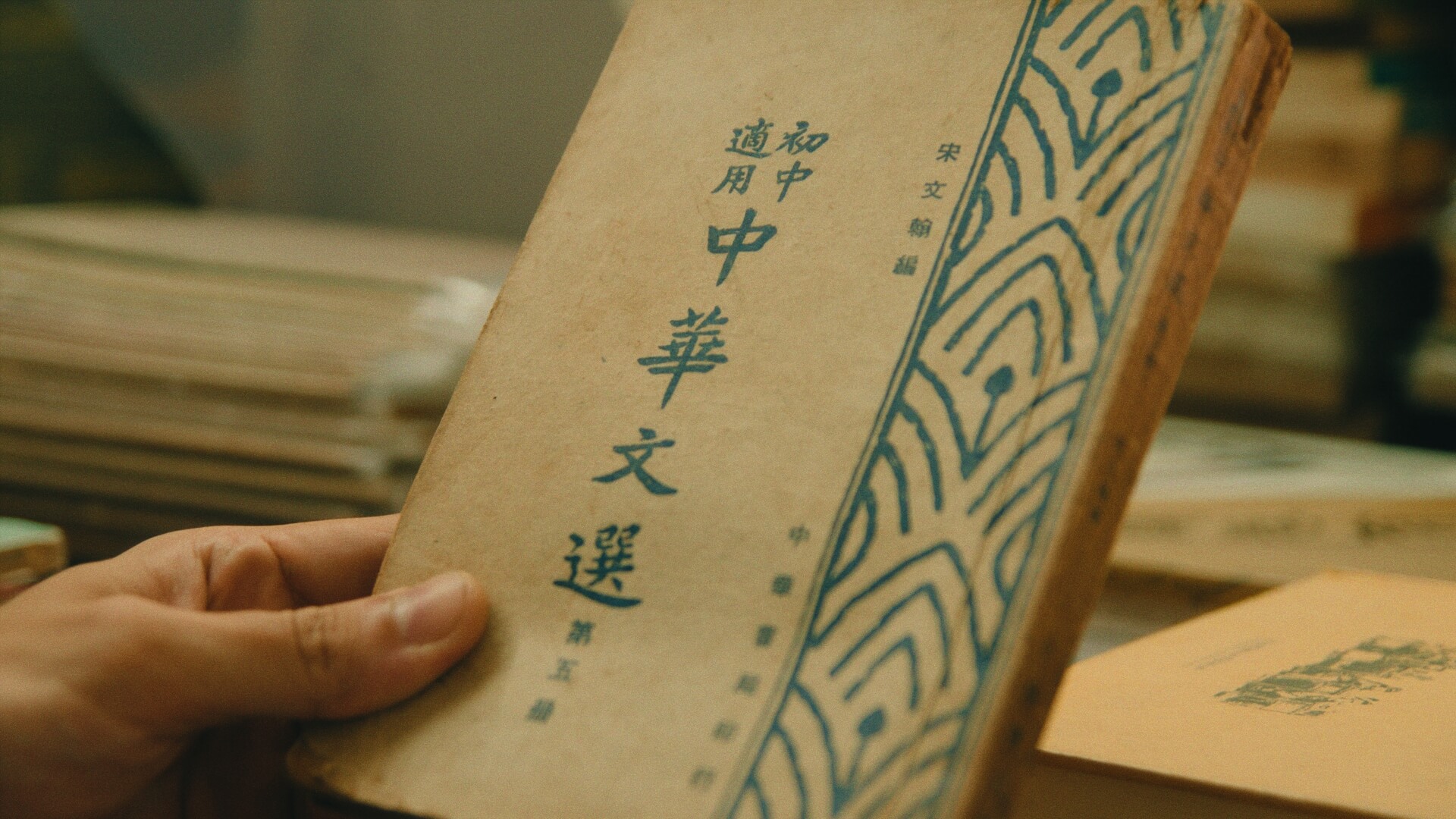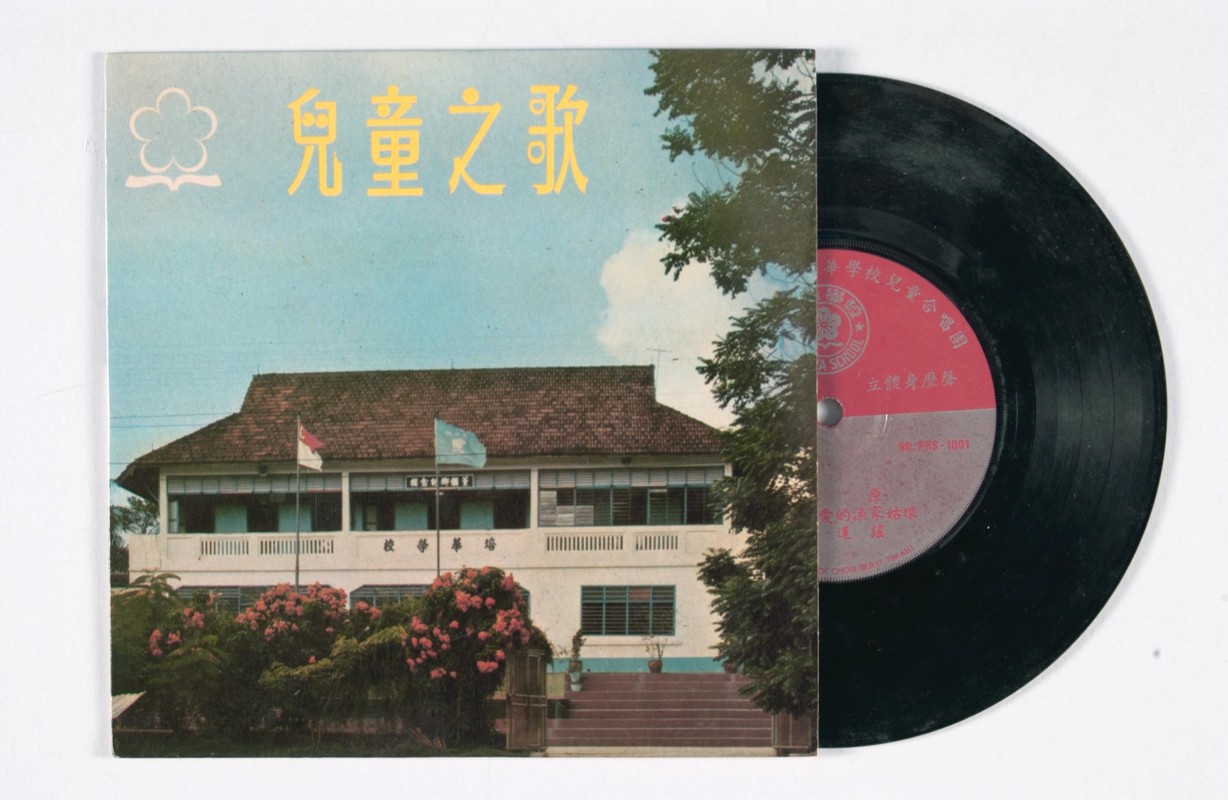The Hokkien dialect in Singapore
The term “Hokkien” is commonly used by the Chinese communities in Singapore, Malaysia, Indonesia, and other Southeast Asian regions to refer to the Minnan language. From an academic and linguistic perspective, this term is conceptually inaccurate. It would be more precise to call it the Minnan language or Minnan dialect.
This is because “Hokkien” is the name for Fujian province, which is divided into southern, northern, eastern, and western regions. A multitude of dialects are spoken within its borders. For example, other than the Minnan dialect used in southern Fujian, there are the Minbei and Putian dialects spoken in northern and southeast Fujian respectively, there are also Hakka dialects in western Fujian. To use the name of the province to refer to a dialect only spoken in southern Fujian would be to ignore the existence of those other dialects, creating the misperception that Hokkien refers to all dialects spoken in Fujian. Nevertheless, even though Hokkien is, strictly speaking, not equivalent to Minnan dialect, it has become customary in Singapore to use “Hokkien” to refer to the Minnan dialect.
The Minnan dialect spoken by Chinese Singaporeans came mainly from immigrants who arrived from the southern Fujian regions of Zhangzhou, Quanzhou and Xiamen from the second half of the 19th century to the early 20th century. It is notable for its inclusion — and integration — of phonetic components from the Xiamen version (the representative accent of Minnan dialect), as well as the Zhangzhou and Quanzhou versions of Minnan dialect, showcasing a degree of variation and flexibility rarely seen in the respective Minnan dialect-speaking regions of Fujian1.
Phonology
According to academic research, the phonetic system of the Minnan dialect spoken in Singapore is close to that of the Tong’an dialect, and is primarily a synthesis of Quanzhou, Zhangzhou, and Xiamen accents, with 18 initial consonants, 88 vowels, and eight tones. This is very similar to Quanzhou and Xiamen dialects.
In addition, the Minnan dialect spoken locally also retains some ancient phonetic characteristics. For example, Chinese characters that are pronounced in Mandarin with a labiodental initial consonant “f” — such as 分 (pronounced as fen in Mandarin, [pun] in Minnan dialect), 飞 (fei/[pue]), 蜂 (feng/[phaŋ]), and 房 (fang/[paŋ]) — are pronounced with either the bilabial consonants “b” or “p” in Minnan dialect. This is a pre-Tang dynasty phonetic feature and is part of the evolutionary pattern of labial sounds in the history of Chinese phonology.
In another example, Chinese characters pronounced in Mandarin with retroflex initial consonants — such as 直 (zhi/[tit]), 中 (zhong/[tioŋ]), 抽 (chou/[thiu]), and 茶 (cha/[te]) — are pronounced with either the blade-alveolar consonants “d” and “t” in Minnan dialect, which is another phonetic feature preserved from pre-Tang dynasty times2 and is part of the evolutionary pattern of lingual sounds in the history of Chinese phonology.
Vocabulary
In terms of vocabulary, the local Minnan dialect shares 85% of its words with the Minnan dialect spoken in Fujian. Some of these have been expressed the same way they had been since ancient times, such as using 沃 [ak] for watering, 囥 [khŋ] for hiding, 晏 [ũã] for night, 行 [kiã] for walking, and 走 [tsau] for running.
At the same time, Minnan dialect in Singapore has absorbed words from other languages, including Malay, English, and Cantonese. For instance, 镭 [lui] is borrowed from the Malay word “duit,” which means money, while 罗弄 [lo lɔŋ] came from the Malay word “lorong,” which means alley.3
Grammar
In terms of grammar, the personal pronouns 我 [gua], 阮 [gun], 汝 [li], and 伊 [i] in Minnan dialect correspond respectively to 我 (wo, meaning “I” or “me”), 你 (ni, meaning “you”), and 他 (ta, meaning “he” or “him”) in Mandarin. Common negation words include 无 [bo], 袂 [be], 未 [bue], 毋 [m], 免 [biɛn], and 莫 [mai]. In Mandarin, 已经 (yijing), 过 (guo), and 了 (le) — meaning “already”, “past”, and “had”, respectively — are used to express past and perfect tenses, while Minnan dialect mostly adopts 有 [u/iu] (meaning to have or to exist) for the same purposes. For example, 我有吃 [gua u/iu tsiak] means “I had eaten,” and 我有做 [gua u/iu tsou] means “I had done”.
In Singapore, the Minnan dialect has also influenced Mandarin. While Minnan dialect has borrowed words from Malay and English, certain Minnan expressions have also entered the Mandarin system, enriching the Chinese language of this region. For example, terms like 怕输 [khia su], referring to the fear of losing out, 苦力工 [khɔ lɪk kɔŋ], meaning labourers or coolies, are commonly seen in local Chinese publications. Some grammatical structures of Minnan dialect have also infiltrated the Mandarin syntax, such as the common use of 有 (you) in place of 过 (guo) or 了 (le) to express the completion of an action. To give an example, the phrase “I have watched this movie” might be expressed in Singapore Mandarin as 这部电影我有看 (zhe bu dianying wo you kan) rather than the Standard Mandarin version, 这部电影我看过 (zhe bu dianying wo kan guo).
Widespread usage
The Hokkien community is the largest Chinese dialect group in Singapore. According to census data, the total local population of Chinese in 1881 was only 86,000, out of which 28.8% spoke Minnan dialect. By 1970, the total number of Chinese people had reached 1.579 million — of which 42.2%, or approximately 666,000 people, spoke the Minnan dialect.4 Survey data from the 1980s even showed that 17% of the Malay community could understand Minnan dialect.5
Many places in Singapore have also been named using Minnan pronunciation and words. For example, 厝 [tshu] — which means home or house — is found in names such as Lim Chu Kang, Yio Chu Kang, and Choa Chu Kang.6
Historically, several regional rhyme books for the Minnan dialect have had considerable influence. These include Hui yin miao wu (Understanding of the Collected Sounds, written and compiled by Huang Qian from Quanzhou, and published in 1796) and Huiji ya su tong shiwu yin (Compilation of the Fifteen Sounds of Refined and Popular Speech, written and compiled by Xie Xiulan from Zhangzhou, and published in 1869).
In short, Singapore’s Minnan dialect is an extension of the Minnan dialect of China’s Fujian province, and they share the same phonetical, lexical, and grammatical system.


This is an edited and translated version of 新加坡的福建话. Click here to read original piece.
| 1 | For more info, see Zhou Changji and Chew Cheng Hai, Xinjiapo minnan hua gaishuo [An overview of Singapore Minnan dialect], 5, 32–34. The Minnan dialect in Singapore includes phonetic components from the Xiamen, Zhangzhou and Quanzhou accents. Many speakers of Singapore Minnan dialect absorb the varying phonetic components into their speech and use them interchangeably. |
| 2 | Hou Jingyi, ed, Xiandai hanyu fangyan gailun [An introduction to modern Chinese dialects] (Shanghai: Shanghai Education Publishing House, 2002), 209–248. |
| 3 | Zhou Changji and Chew Cheng Hai, Xinjiapo minnan hua gaishuo [An overview of Singapore Minnan dialect], 12–15, 92. |
| 4 | Eddie Kuo and Luo Futeng, Duoyuan he tongyi: Xinjiapo de yuyan yu shehui [Unity in diversity: language and society in Singapore] (Singapore: World Scientific Publishing, 2022), 6. |
| 5 | Eddie Kuo and Luo Futeng, Duoyuan he tongyi: Xinjiapo de yuyan yu shehui [Unity in diversity: language and society in Singapore], 21. |
| 6 | Qiu Xueqiang, “Xinjiapo ‘zhong ying dui yi wuming’ zhong de hanyu fangyan xinxi” [Chinese dialectal information in the ‘Chinese-English translation of object names’ in Singapore]. Wuhan daxue xuebao, No. 2 (2015), 121–122. |
Chen, Zhangtai and Li, Rulong. Minyu yanjiu [Research on Min dialect]. Beijing: Language & Culture Press, 1991. | |
Chew, Cheng Hai. “Xinjiapo minnan hua yu huayu” [Minnan dialect and Mandarin in Singapore]. In Quanqiuhua huanjing xia de huayu wen yu huayu wen jiaoxue [Chinese language and Chinese language teaching in a globalised world], 25–32, edited by Chew Cheng Hai. Singapore: The Youth Book Co., 2007. | |
Qiu Xueqiang, “Xinjiapo ‘zhong ying dui yi wuming’ zhong de hanyu fangyan xinxi” [Chinese dialectal information in the ‘Chinese-English translation of object names’ in Singapore]. Wuhan daxue xuebao, No. 2 (2015), 121–126. | |
Zhou, Changji and Chew, Cheng Hai. Xinjiapo minnan hua cidian [Singapore Minnan dialect dictionary]. Beijing: China Social Sciences Press, 2002. | |
Zhou, Changji and Chew, Cheng Hai. Xinjiapo minnan hua gaishuo [An overview of Singapore Minnan dialect]. Xiamen: Xiamen University Press, 2000. |










